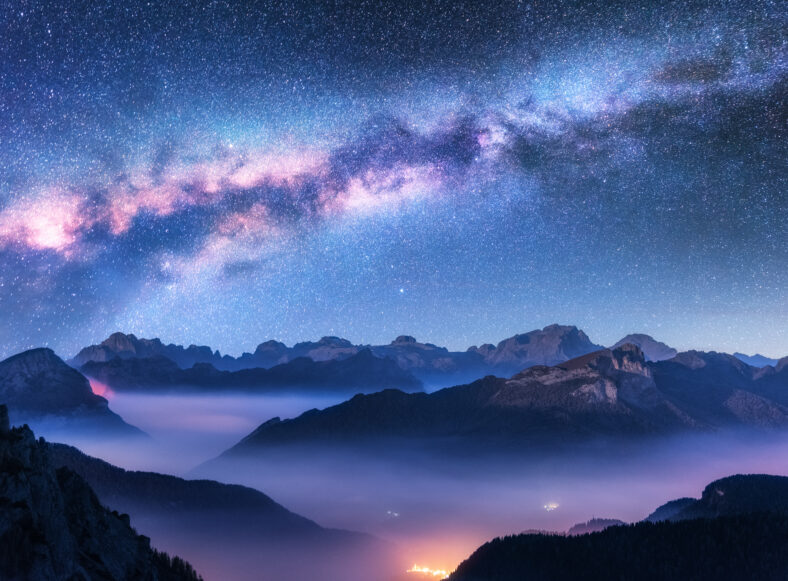Astronomers Uncovered An Extremely Rare Pair Of Spiraling Stars Headed On A Collision Course

Astronomers have discovered an extremely rare pair of spiraling stars about 150 light-years away, and they are headed on a collision course.
Once they collide, they will explode as a type 1a supernova and appear 10 times brighter than the moon in the night sky.
Type 1a supernovae are considered to be a special class of cosmic explosion. They are used to measure distances between Earth and their host galaxies.
They happen when a white dwarf accumulates too much mass and explodes because it is unable to withstand its own gravity.
It has long been theorized that two orbiting white dwarfs are responsible for most type 1a supernova explosions.
The heavier white dwarf of the pair accumulates material from the smaller one, which leads to that star, or both stars, exploding. Such a system was not only found for the first time but was also detected right near the Milky Way.
“For years, a local and massive double white dwarf binary has been anticipated, so when I first spotted this system with a very high total mass on our galactic doorstep, I was immediately excited,” said James Munday, the leader of the investigation and a researcher at the University of Warwick.
The team immediately tracked the binary star system to determine exactly how compact it was. They realized that they had discovered the first double white dwarf binary that would result in a type 1a supernova. The new system is also the heaviest of its kind, with a combined mass 1.56 times that of the sun.
At this high of a mass, the stars are fated to end in an explosion, no matter what. However, the explosion will not take place for another 23 billion years, and it will not put Earth in any danger even though it is so close to our solar system.

Sign up for Chip Chick’s newsletter and get stories like this delivered to your inbox.
Currently, the white dwarfs are spiraling around each other in an orbit that takes longer than 14 hours. Over the course of billions of years, gravitational wave radiation will cause the two stars to spiral more quickly and closer together.
During the period just before the supernova event, they will be moving at such high speed that they will complete an orbit in 30 to 40 seconds.
For the supernova event, mass will transfer from one dwarf star to the other, leading to a rare and complex supernova explosion.
The surface of the dwarf gaining the mass will explode where it is accumulating material. Then, its core will explode, sending material flying in all directions.
It will collide with the smaller white dwarf, causing more explosions. Ultimately, the entire system will be destroyed by an energy force way more powerful than a nuclear bomb.
The findings were published in the journal Nature Astronomy.
More About:News